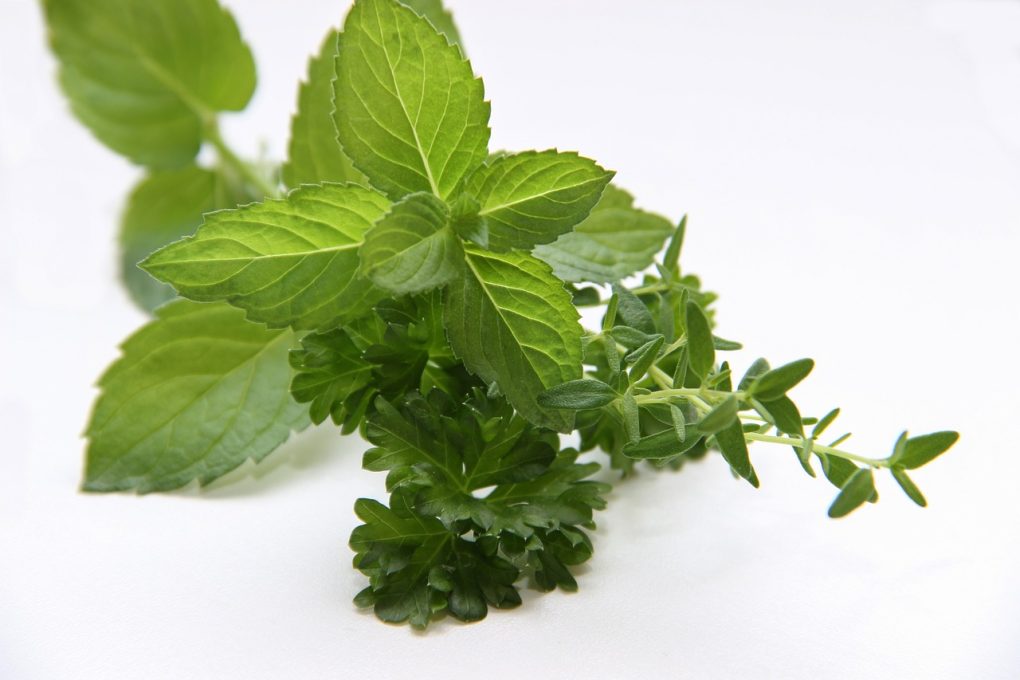
House Salad and Caesar Salad are commonly found on restaurant menus and can often leave diners scratching their heads. In this article, we will explore the unique characteristics of each salad and help you determine which one is right for you. So, whether you’re a health-conscious eater or a lover of all things creamy and savory, keep reading to learn more details about house salad vs Caesar salad.
House Salad

The house salad is a popular dish in many restaurants across the United States. It is often referred to as the regular salad and is usually served as an appetizer or as a side dish with a main course.
So, what does the house salad mean? Simply put, it is a salad that is made up of a variety of fresh greens like lettuce, spinach, arugula, or mixed greens. The salad may also include other vegetables like tomatoes, cucumbers, carrots, and bell peppers. Some versions of the house salad may also have croutons or nuts for added texture and flavor.
The dressing for the house salad is usually a vinaigrette or a creamy dressing like ranch or blue cheese. However, some restaurants may offer a variety of dressings to choose from, depending on the customer’s preference.
The term “house” in house salad refers to the fact that the salad is typically made in-house, meaning it is prepared by the restaurant’s kitchen staff using fresh ingredients. It is also known as a default salad option in many restaurants, meaning that it is the standard salad offered and is included in the menu’s price.
The house salad is often considered a healthy option because it is low in calories and high in nutrients. The greens provide fiber, vitamins, and minerals, while the vegetables add more vitamins and antioxidants. The dressing, if chosen wisely, can also be a good source of healthy fats.
In conclusion, the house salad is a staple in many U.S. restaurants and is essentially the regular salad option. It is made up of various fresh greens, vegetables, and dressing, and is often considered a healthy choice. So the next time you dine out, consider ordering the house salad - it may surprise you with its deliciousness and health benefits!
Caesar Salad

Caesar salad is one of the most popular salads around the world. It is a classic dish that originated in Tijuana, Mexico, in the 1920s. An authentic Caesar salad is a green salad of crisp romaine lettuce and croutons (sometimes made from stale bread) dressed with lemon juice, egg yolk, anchovies, Worcestershire sauce, garlic, Dijon mustard, black pepper, and Parmesan cheese.
The traditional ingredients of Caesar salad are what make it so unique and delicious. Let’s take a closer look at each ingredient and its role in creating the perfect Caesar salad.
ingredients of Caesar salad
Romaine Lettuce
Romaine lettuce is the base of the salad, providing a crisp and refreshing texture. It is high in vitamin C, fiber, and other nutrients, making it a healthy choice for any meal.
Croutons
Croutons are small pieces of bread that are toasted or fried until crispy. They add a satisfying crunch to the salad and are often made from stale bread to prevent food waste.
Lemon Juice
Lemon juice adds a tangy and refreshing flavor to the dressing. It also helps to tenderize the lettuce leaves and brings out the flavors of the other ingredients.
Egg Yolk
Egg yolk is a key ingredient in the dressing, giving it a rich and creamy texture. It also acts as an emulsifier, helping to bind the ingredients together.
Anchovies
Anchovies add a salty and savory flavor to the dressing. They are often used in small amounts, but their presence is essential for an authentic Caesar salad.
Worcestershire Sauce
Worcestershire sauce is a fermented condiment that adds a deep and complex flavor to the dressing. It also contains vinegar and molasses, which help to balance out the other ingredients.
Garlic
Garlic adds a pungent and spicy flavor to the dressing. It is a staple in many cuisines and is known for its health benefits, including boosting the immune system and reducing inflammation.
Dijon Mustard
Dijon mustard adds a sharp and tangy flavor to the dressing. It also acts as an emulsifier, helping to keep the oil and vinegar from separating.
Black Pepper
Black pepper adds a subtle heat and depth to the dressing. It is a popular spice that is used in many dishes around the world.
Parmesan Cheese
Parmesan cheese adds a salty and nutty flavor to the salad. It is a hard cheese that is aged for months, giving it a distinct flavor and texture.
The traditional ingredients of Caesar salad are what make it such a beloved dish. From the crisp romaine lettuce to the tangy dressing, each ingredient plays a crucial role in creating the perfect balance of flavors and textures. So the next time you enjoy a Caesar salad, take a moment to appreciate the ingredients that make it so special.
Main Difference: House Salad vs Caesar Salad

Salads are a healthy and delicious way to add more vegetables to your diet. They come in different varieties, and each type has its unique ingredients and dressing. Two of the most common types of salads are house salad and garden salad. Many people often wonder about the difference between these two salads.
difference in dressing
House salad is light and tangy, which complements the fresh ingredients in the salad. The dressing is also not as heavy as other dressings, making it a healthier option.
Caesar salad is rich and creamy, with a distinct garlic and anchovy flavor. The dressing is so popular that it is often used in other dishes, such as sandwiches and burgers. However, the dressing is quite heavy and high in calories, which makes it a less healthy option compared to the vinaigrette dressing.
If you’re in the mood for a light and refreshing salad, a house salad is the perfect choice. But if you’re looking for something more substantial and filling, a Caesar salad is a great option.
difference in Ingredients
House salad is made with mixed greens, cherry tomatoes, cucumber, and carrot, a Caesar salad is made with romaine lettuce, croutons, Parmesan cheese, and a special dressing made with garlic, anchovies, egg yolks, lemon juice, Dijon mustard, Worcestershire sauce, salt, and pepper.
One unique aspect of a Caesar salad is the use of raw egg yolks in the dressing. This can be a concern for some people who are worried about the risk of foodborne illness. However, many recipes call for pasteurized eggs or recommend using a store-bought dressing to avoid this issue.
difference in Presentation
In terms of presentation, a house salad is often served in a large bowl, with all the ingredients mixed together. The greens may be arranged on top, with the other vegetables and toppings layered below. The dressing is typically served in a small container on the side, along with a utensil for tossing the salad.
Caesar salad is traditionally served on a plate, with the romaine lettuce leaves arranged in a circular pattern. The Parmesan cheese and croutons are sprinkled on top, and the dressing is drizzled over the salad.Some restaurants may also serve the dressing on the side, but it’s typically not mixed in with the salad.
Which Salad is Better: House Salad Vs Caesar Salad
The answer to whether house salad or Caesar salad is better depends on your personal preferences and dietary needs. If you’re looking for a low-calorie, low-fat option, then a house salad with a light vinaigrette dressing is a good choice. If you want something more indulgent, then a Caesar salad with grilled chicken and a creamy dressing is a delicious option.
However, if you have specific dietary needs, then it’s important to pay attention to the ingredients and nutritional information of each salad. For example, if you’re trying to avoid gluten, then you should skip the croutons in both salads. If you’re trying to limit your sodium intake, then you should avoid dressings that are high in salt.
Conclusion
In conclusion, house salad and Caesar salad are both delicious options that can be healthy or indulgent depending on their ingredients and dressing. When choosing between the two salads, it’s important to consider your personal preferences and dietary needs. By paying attention to the ingredients and nutritional information, you can make an informed decision and enjoy a tasty and nutritious salad.
FAQ
-Leafy Greens: Leafy greens such as spinach, lettuce, arugula, kale, and mixed greens are a common base for many salads. They are rich in vitamins and minerals, and add volume and texture to the salad.
-Tomatoes: Tomatoes add a juicy and sweet flavor to salads. They are rich in antioxidants and vitamin C.
-Cucumbers: Cucumbers add a refreshing and crunchy texture to salads. They are low in calories and high in water content, making them a great choice for a light and hydrating salad.
-Bell peppers: Bell peppers come in a variety of colors and add a sweet and crunchy texture to salads. They are also rich in vitamin C and antioxidants.
-Carrots: Carrots add a sweet and crunchy texture to salads. They are rich in beta-carotene, which is important for eye health.
-Radishes: Radishes add a peppery and crunchy texture to salads. They are low in calories and high in vitamin C.
-Onions: Onions add a pungent and savory flavor to salads. They are rich in antioxidants and have anti-inflammatory properties.
-Avocado: Avocado adds a creamy and buttery texture to salads. It is rich in healthy fats, fiber, and potassium.





